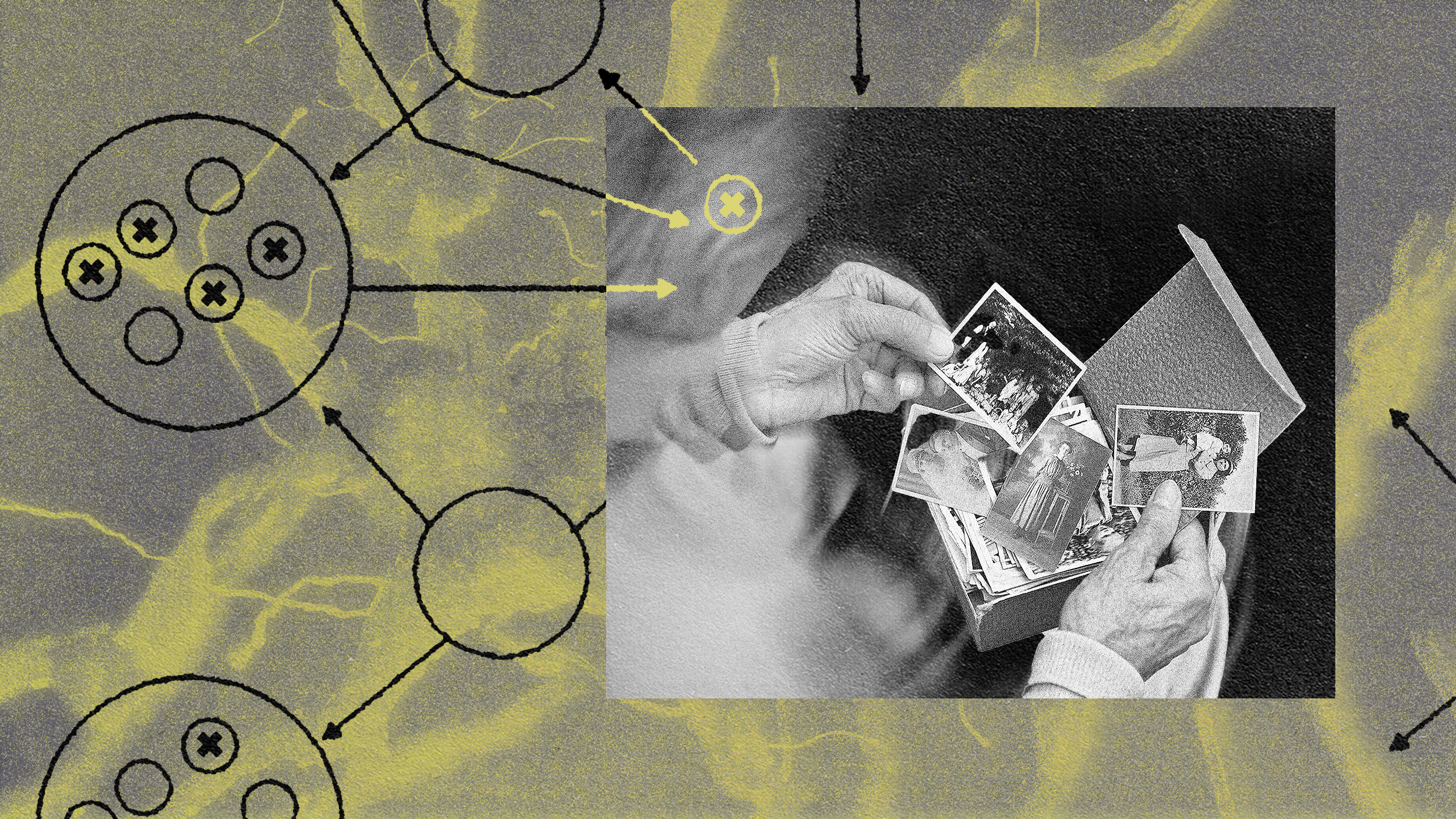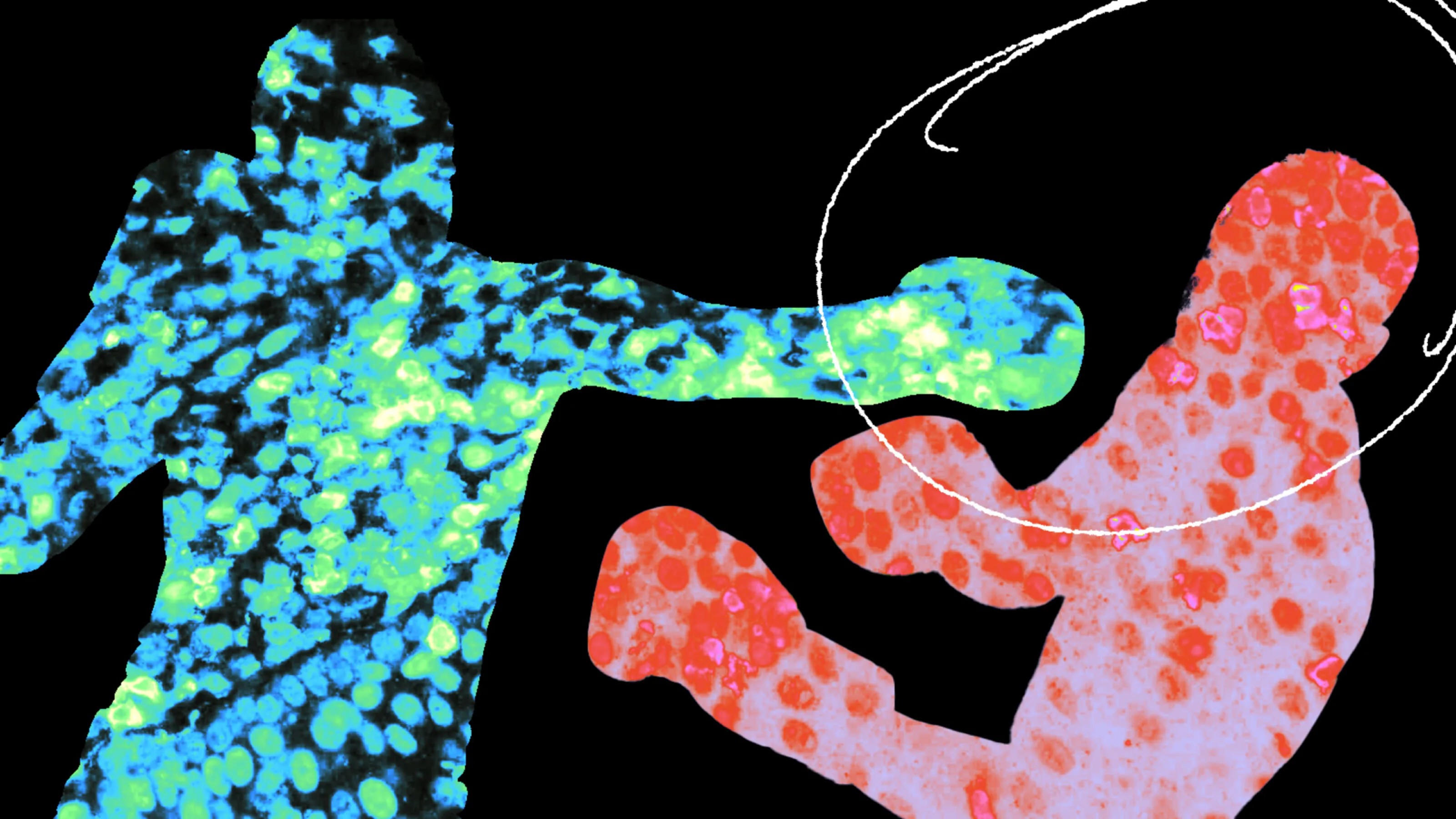To boost the economy, treat the cause of aging

Photo by Edu Carvalho from Pexels
- People want to live longer, but only if those years are healthy.
- A new study argues that targeting the underlying cause of aging could yield trillions of dollars of economic benefits.
- This could be, by far, the best way to “stimulate” the economy in the long-term.
With greater age comes greater wisdom and (often) happiness. But biologically speaking, everything else pretty much sucks. Age is a risk factor for a number of conditions such as dementia, diabetes, and cancer. As our cells slowly deteriorate, our bodies stop working as intended. Our joints hurt, our bones are fragile, and we develop wrinkles.
Biomedical science has largely been concerned with extending our lifespans. But people do not want to live a long life if that means being in pain or a burden to others. Therefore, at the present time, it is probably better for researchers to focus on improving our quality of life in old age rather than on extending our life expectancies even further.
To that end, a new study published inNature Aging argues that targeting the underlying cause of aging could provide an enormous boost to the economy.
Quality of life and longevity
Over the past few decades, there have been marvelous improvements in life expectancy for people around the world. The mortality rate for those already in old age has also continued to decline. However, the number of years of good health a person can expect to live in proportion to their overall life expectancy has remained stubbornly constant. This means that more people are living in poor health for longer periods of time.
This is a big deal. One recentstudy in Norway demonstrated that aging Norwegians would like to live to a ripe old age, but not if they could expect to get dementia or suffer from chronic pain.
There are financial considerations as well. A person about to turn 65 in the U.S. can expect to spend anywhere from $142,000 to $176,000 on standard long-term care once they start needing help with things like eating or bathing. Multiply this by a few million people, and the economic implications become staggering.
Models of aging: Dorian Gray, Peter Pan, Wolverine, Struldbrugg
To crunch their numbers, the authors of the study used a method called value of a statistical life (VSL). This method allows researchers to determine how much people would pay to reduce the risk of death.
While it is discomforting to reckon the value of an improved human life in terms of money, it is very easy to do (and economists seem to love doing it). It also allows for easy comparisons between choices. This particular method is also widely used and provides interesting insights into how the estimated benefits of a particular policy or program evolve over time that methods with less tangible units of measure cannot provide.
The authors used VSL to create four models of life expectancy improvement. Each was named for a character from literature that lives in the manner described: in the “Dorian Gray” model, a person lives a normal lifespan but has more years of healthy life; in the “Peter Pan” model, people live longer and healthier lives; in the “Wolverine” model, a person’s biological clock is set back to a younger time; and in the “Struldbrugg” model, people live longer lives but in increasingly poorer health.
By applying the VSL method, the researchers were able to determine how willing people were to pay for an extra year of life under each model. It turns out the highest values are placed on methods that target aging directly and thereby increase both lifespan and years of good health. By doing so, a virtuous cycle is created where people are healthier longer, meaning that there are more people to benefit from further interventions directly targeting aging.
In financial terms, the calculated value of a one-year increase in life expectancy from this method would be $37.6 trillion, with the value rising further as more healthy years of life are added on. For comparison, that value is higher than the total benefit of eradicating a number of age-related diseases by themselves, including cancer, dementia, and depression.
Aging is the real boogeyman that biomedical science should target.





